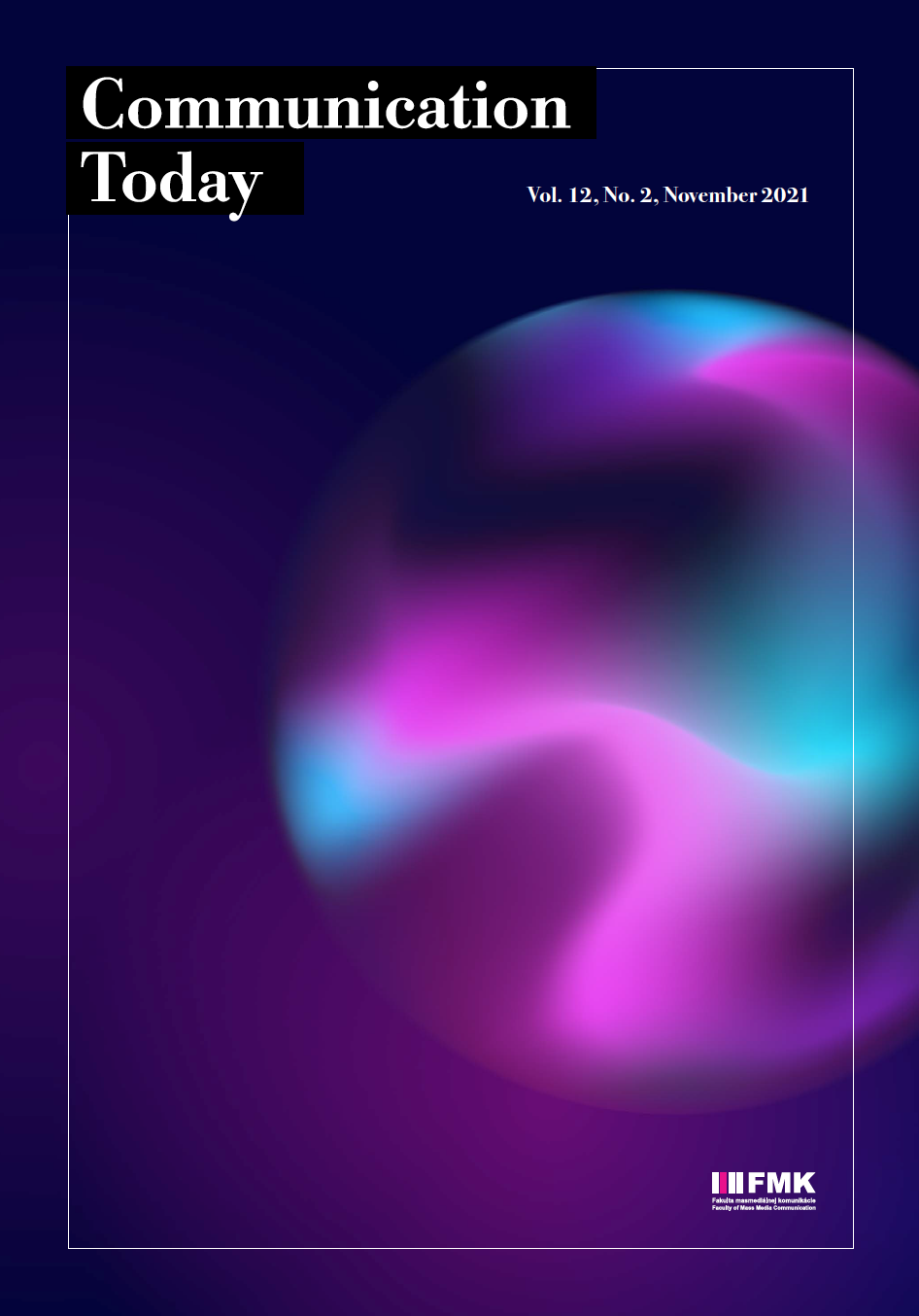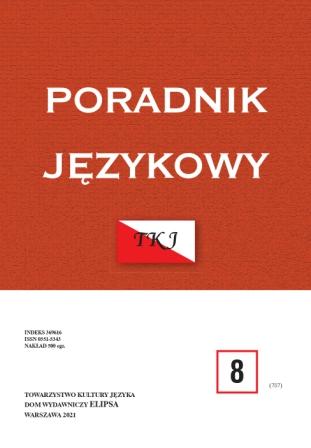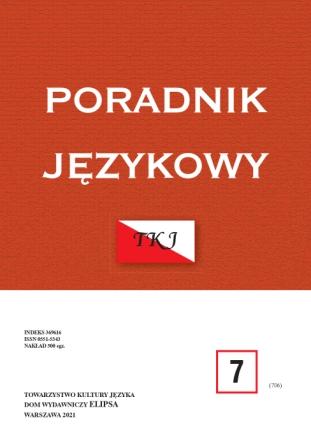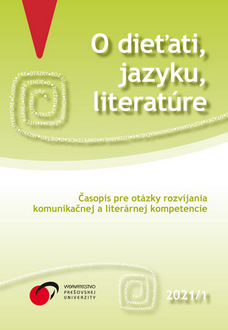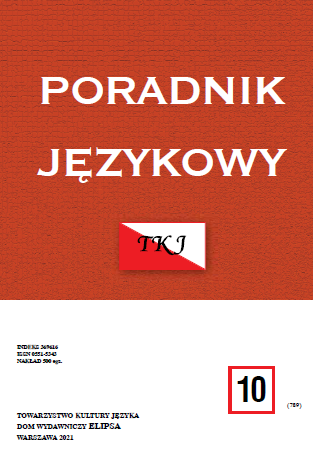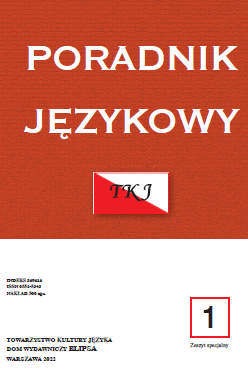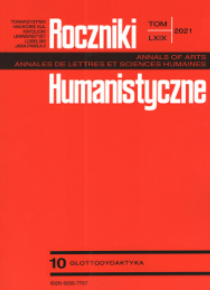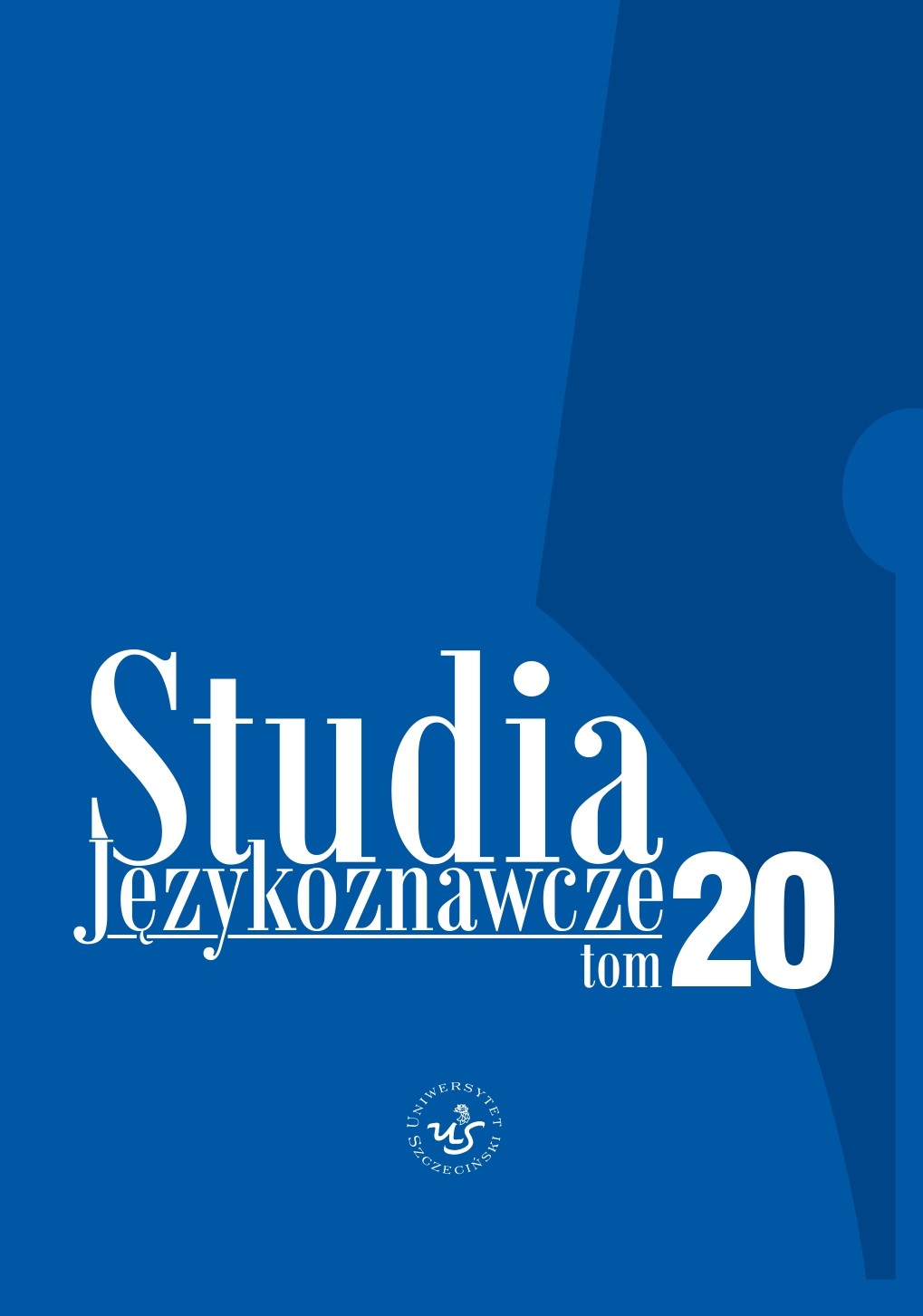
Stylistyka listów Bolesława Prusa do żony
The linguistic shape of the letters depends on the role that the writer plays when writing them to his wife. When he writes from distant Germany, Switzerland, and France, he is a traveler who wants to bring his beloved closer to his views and impressions, hoping to visit wonderful, unknown places together. When he rests in Nałęczów, he verifies or supplements known facts, events, landscapes, talks about new acquaintances, describes the lazily passing days recording even the smallest details. The letters written from the room next door are a language joke, an exercise for a hand hitting the keys of a typewriter. The epistolographic works described above are the best illustration of Stefania Skwarczyńska’s claim that the letter “is a phenomenon in its genesis most strongly associated not only with the person of the author, but also with the person of the addressee who, through his silent participation, grows to the dignity of a co-author”.
More...
